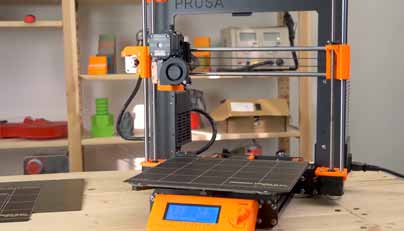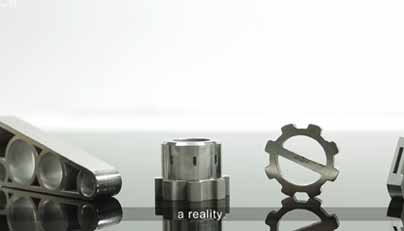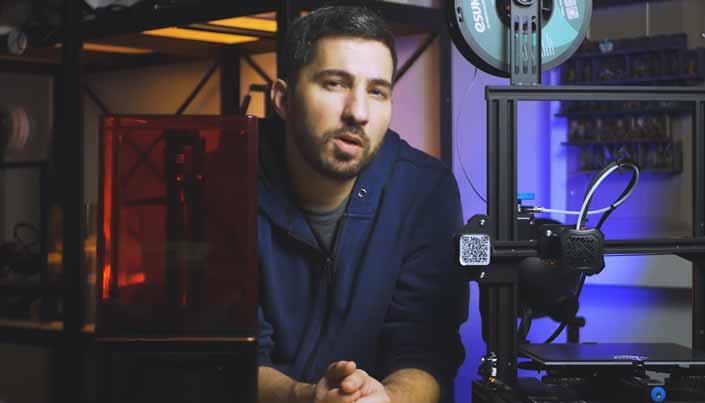Three-dimensional plastic objects are not completely filled, but they contain some amount of hollowness inside them. This hollowness is what gives these items strength and stiffness, and allows them to move and bend while printing. The best infill pattern depends on the final product's strength and stiffness, as well as its intended use. Each infill pattern requires a different amount of effort to produce. Using the wrong infill style can result in problems when the final product is finished.
Best for Models That Require High Strength

The triangular infill is the strongest and best choice for models that need high strength. It is important to note, however, that this pattern consumes a lot of filament and takes longer to print than the other infill patterns. But it is also the fastest and most stable infill pattern. This pattern consists of parallel and perpendicular extrusions, and it produces a 100% dense part.
Prints Functional Parts
If you're printing non-functional parts or display prototypes, a low percentage of infill may be enough. For functional parts, however, you'll need a higher percentage of infill. This is because a high-density infill will make the object stronger than a low-density part. In addition, the rectangular infill will reduce the overall printing time.
Printing Options for Models with Different Geometry
Infill patterns can be adjusted to suit specific printing needs. A higher percentage of infill is the best choice for models with little strength. But higher percentages of infill will cause the cost to go up. The difference between the lower and higher infill settings depends on the model geometry. For thinner parts, the infill percentage has little or no impact on the cost. It will take longer to print.
Prints On a Material That Consumes Less Plastic
Some people are concerned with material consumption and the speed of printing. A high-quality 3D printer will require a lot of material and will consume more than it needs to. It’s best to avoid polymer-based materials and infills that contain too much plastic. Some of the best options are those that have no infill. They should be used for parts that need more flexibility, and are made for use in the real world.
Builds Functional 3D Parts

Depending on the type of part, you can choose between several infill patterns for a 3d printer calibration. A hexagonal pattern is the most common, but the hexagonal is the most effective. For a flat surface model, no infill is needed. But for functional 3D parts, you should use a layered design with a layered material. This is the most common infill pattern.
Conclusion:
The best infills for a 3D model will depend on its use. A rigid object should have a thick shell to withstand the stresses placed on it. The density of the infill should match the density of the object. If the model is made of metal, it will need to be reinforced with metal. In addition, it will have better support than a hollow model. The infill is a crucial component for a 3D print.
